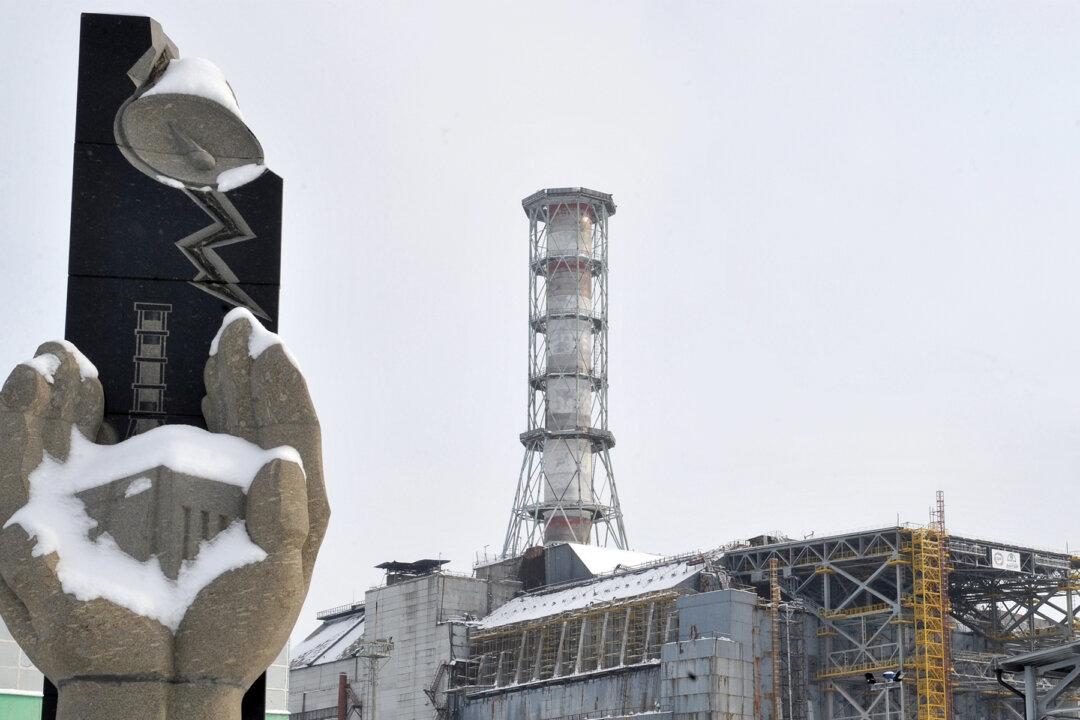In the wee hours of April 26, 1986, a routine safety test at the VI Lenin Nuclear Plant turned into catastrophe. A freak power spike caused the uranium fuel rods to overheat, quickly turning the water coolant into steam, resulting in a massive explosion.
A second explosion caused the radioactive material to burst into the atmosphere and prevent any more coolant from reaching the reactor. A few workers were killed right off the bat. Most of the technicians, and the firefighters who responded, suffered excruciating deaths from radiation over the following weeks.






